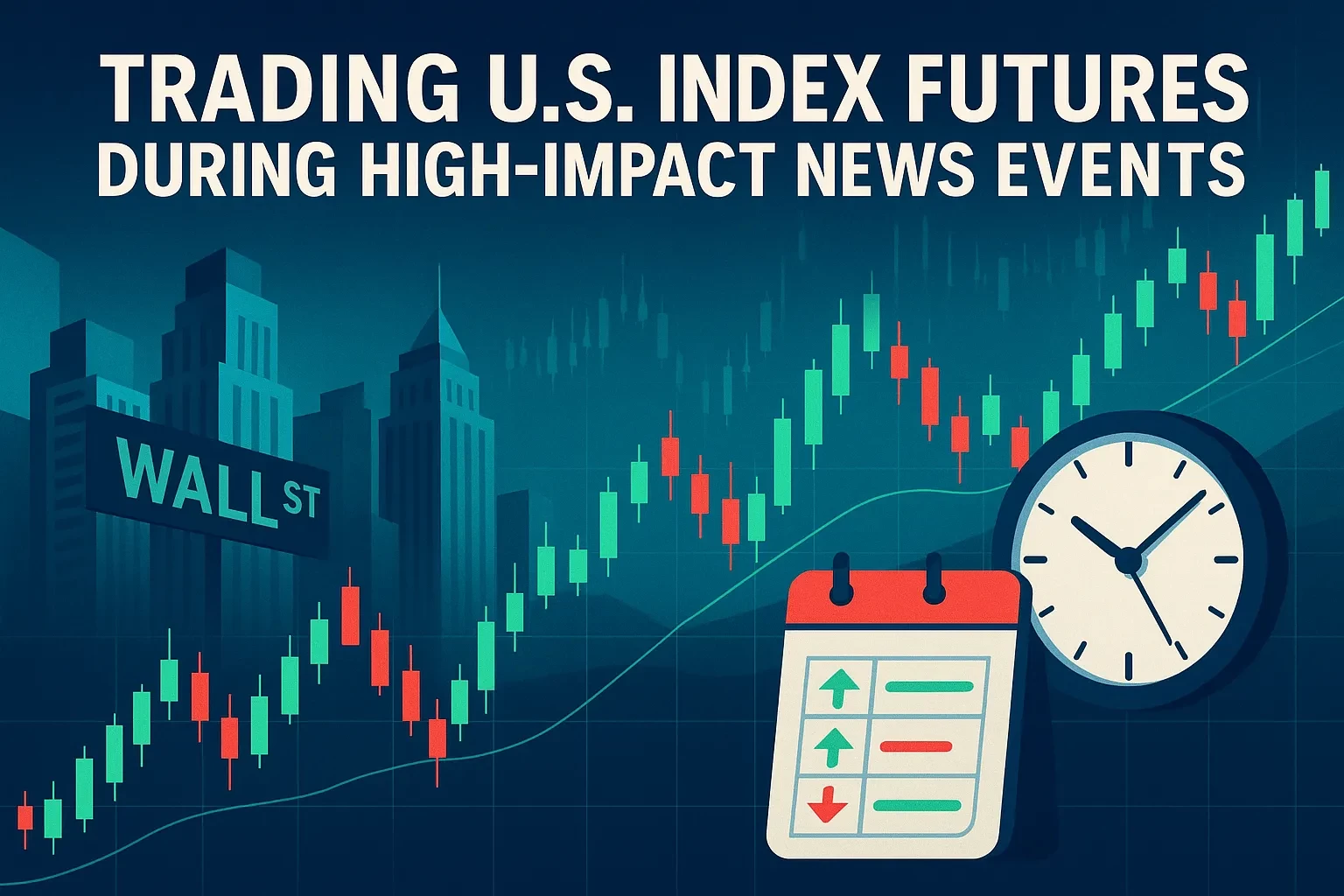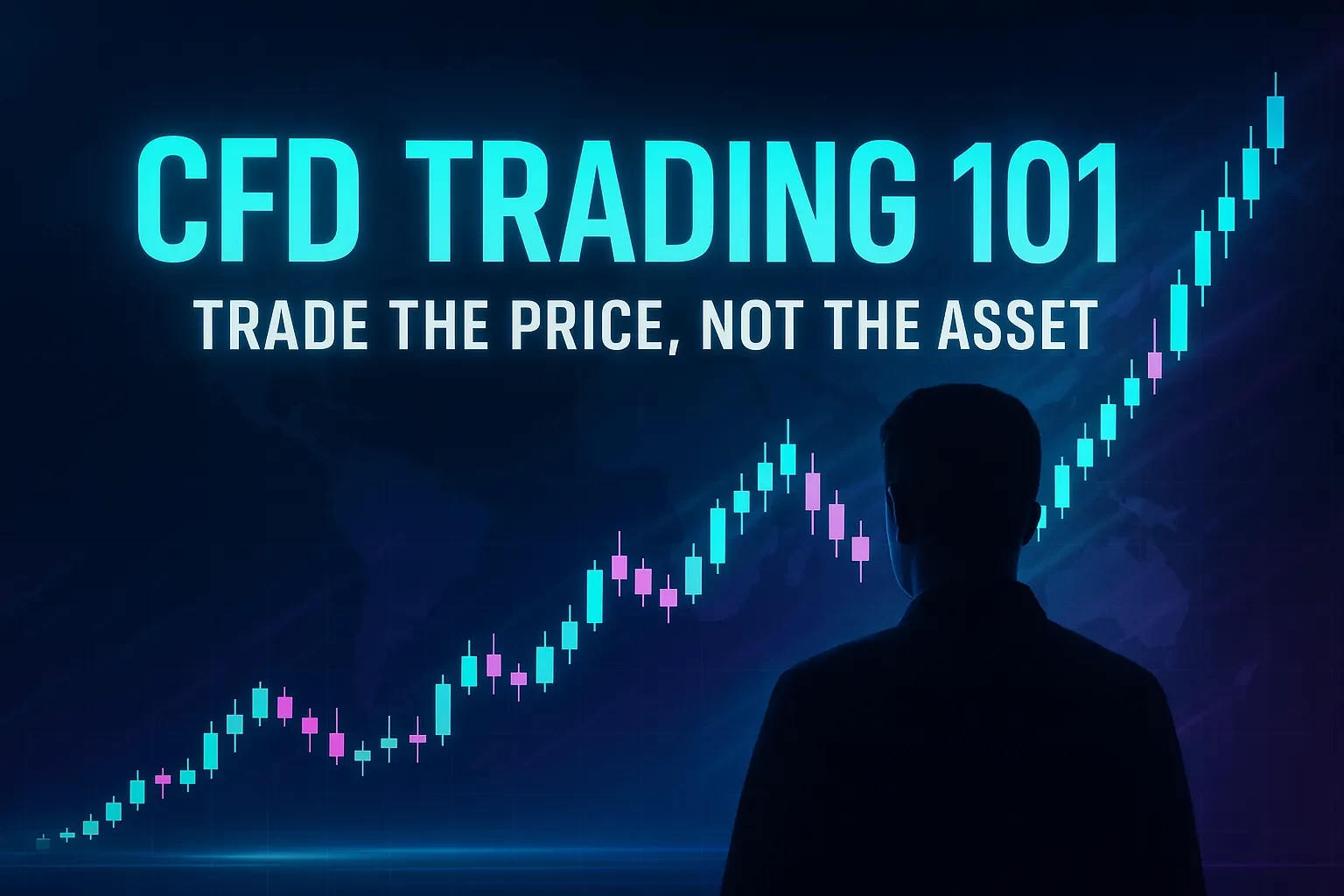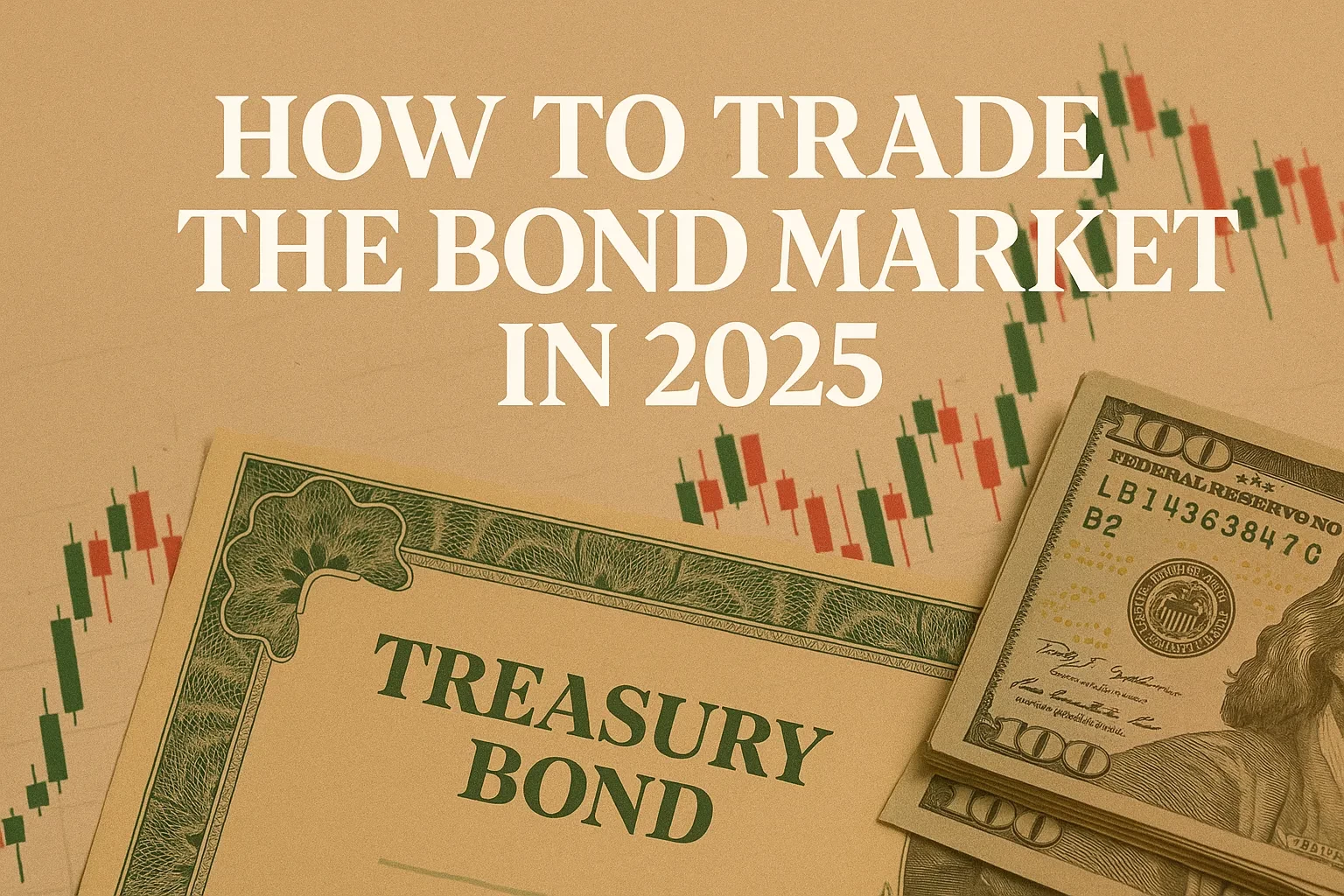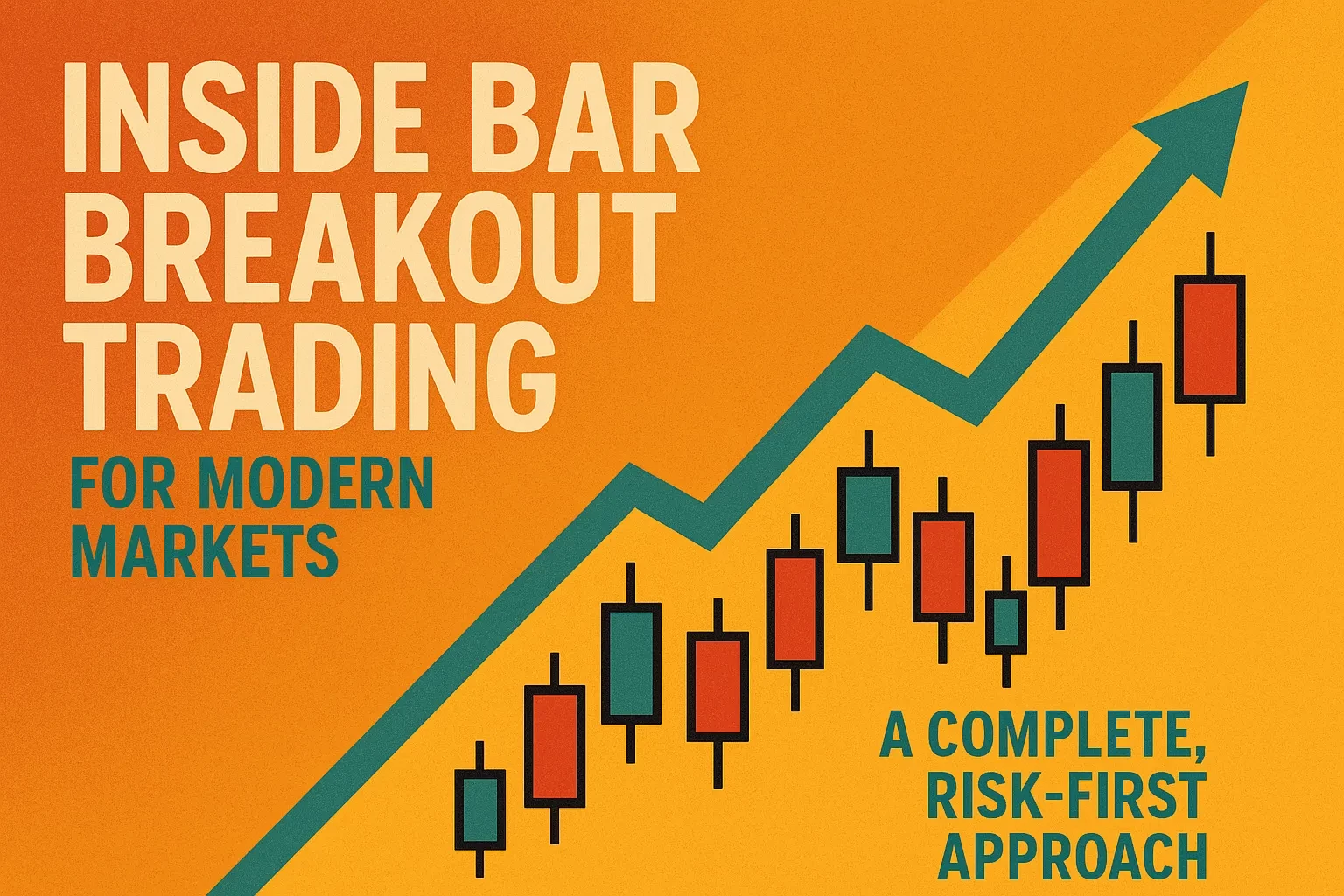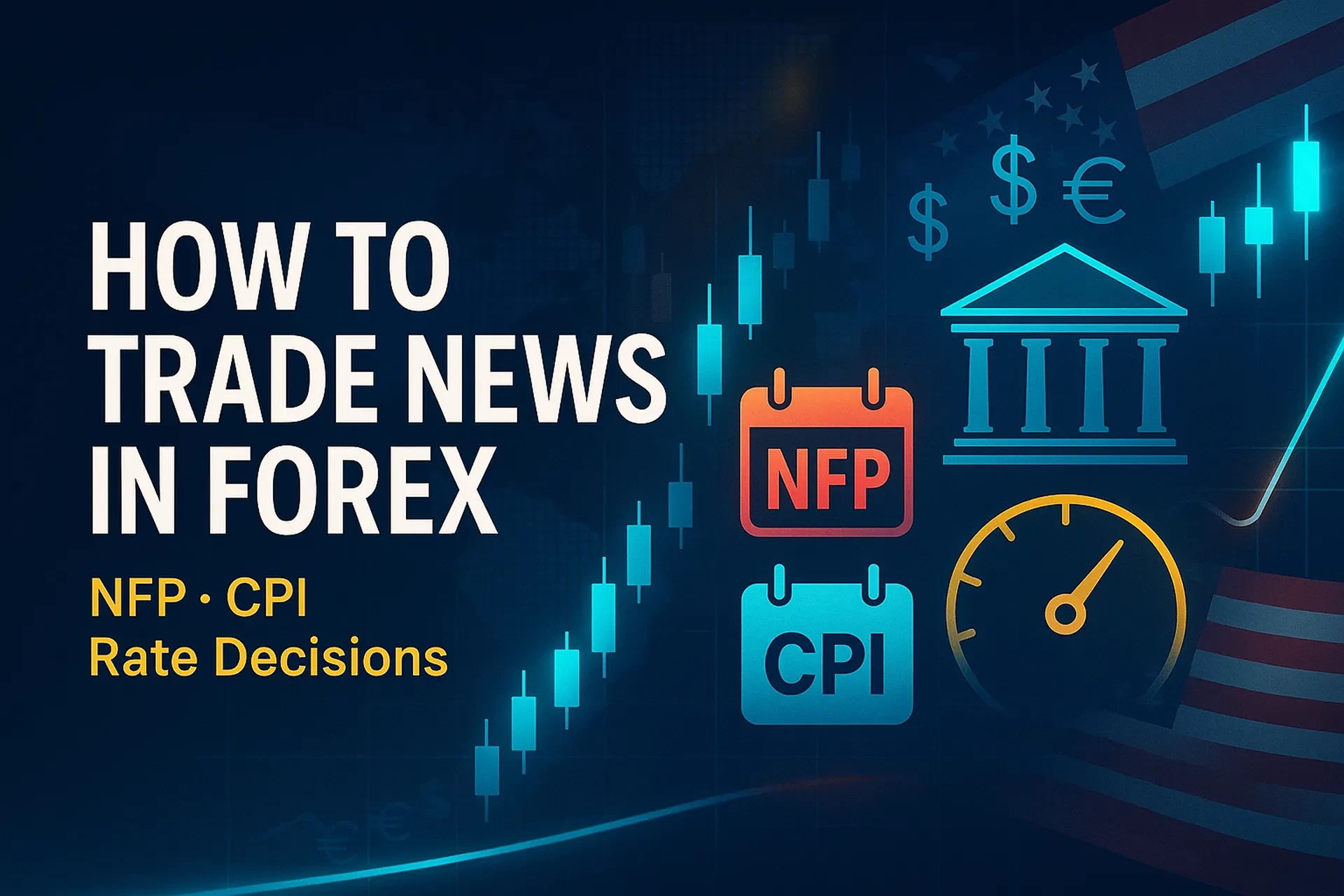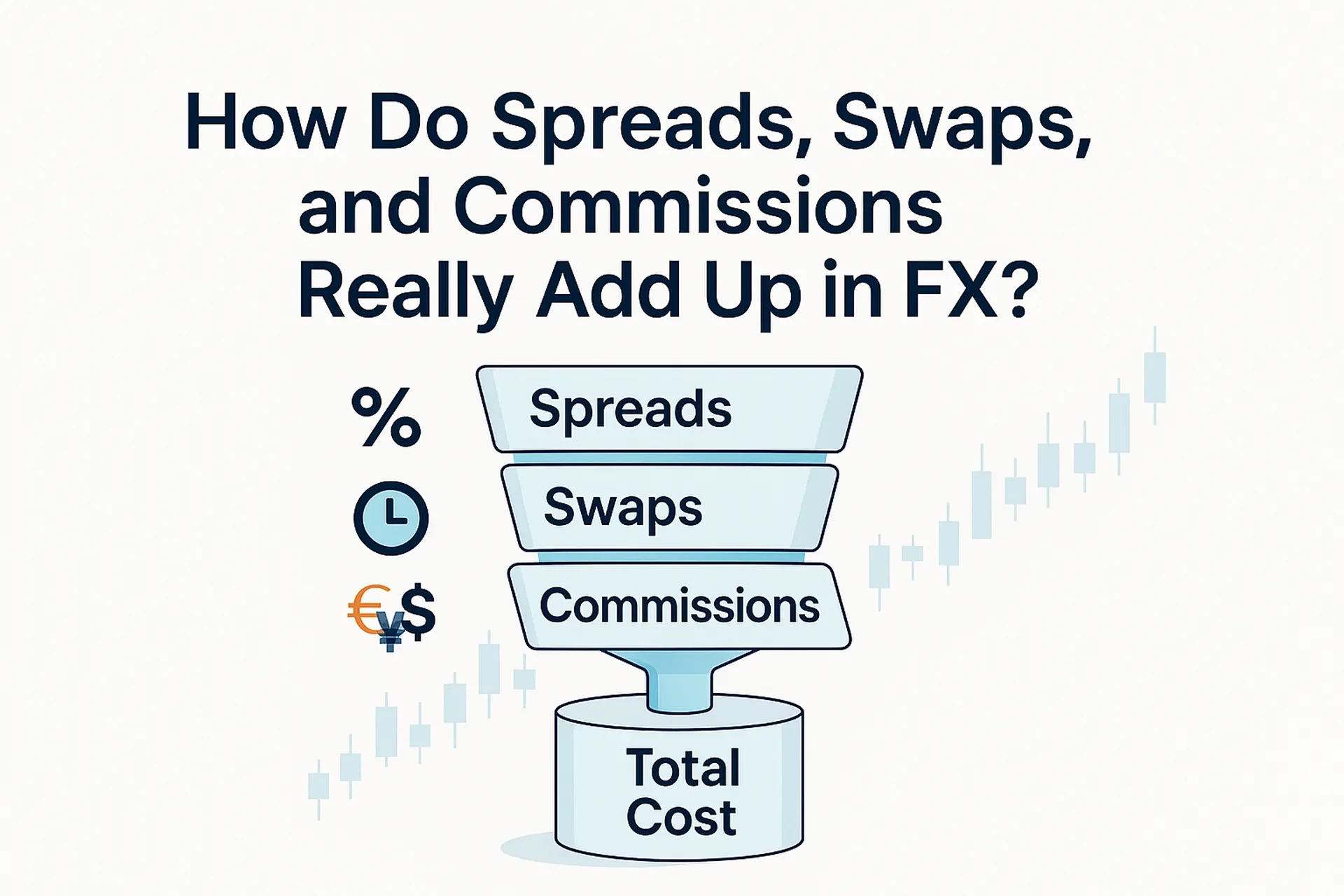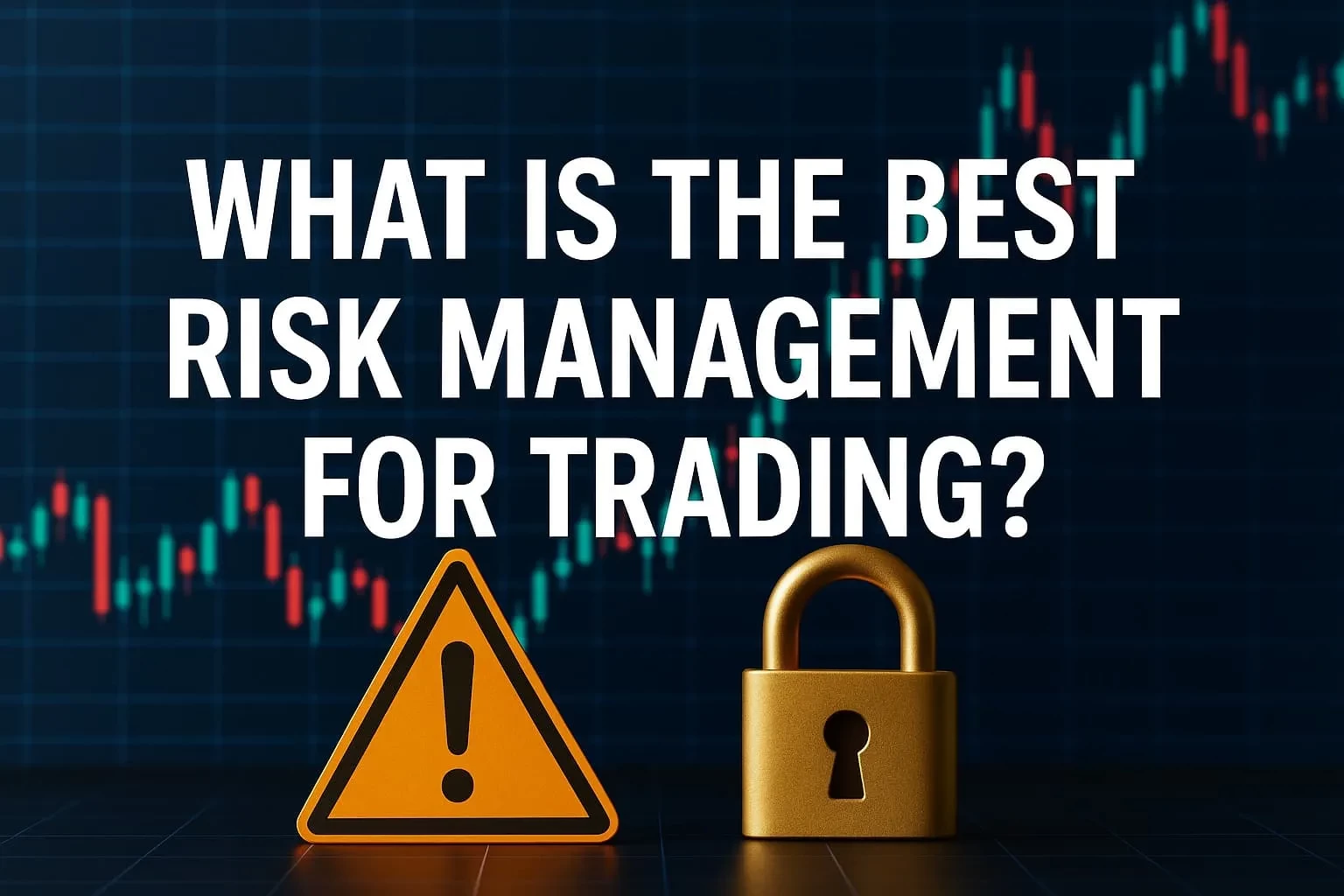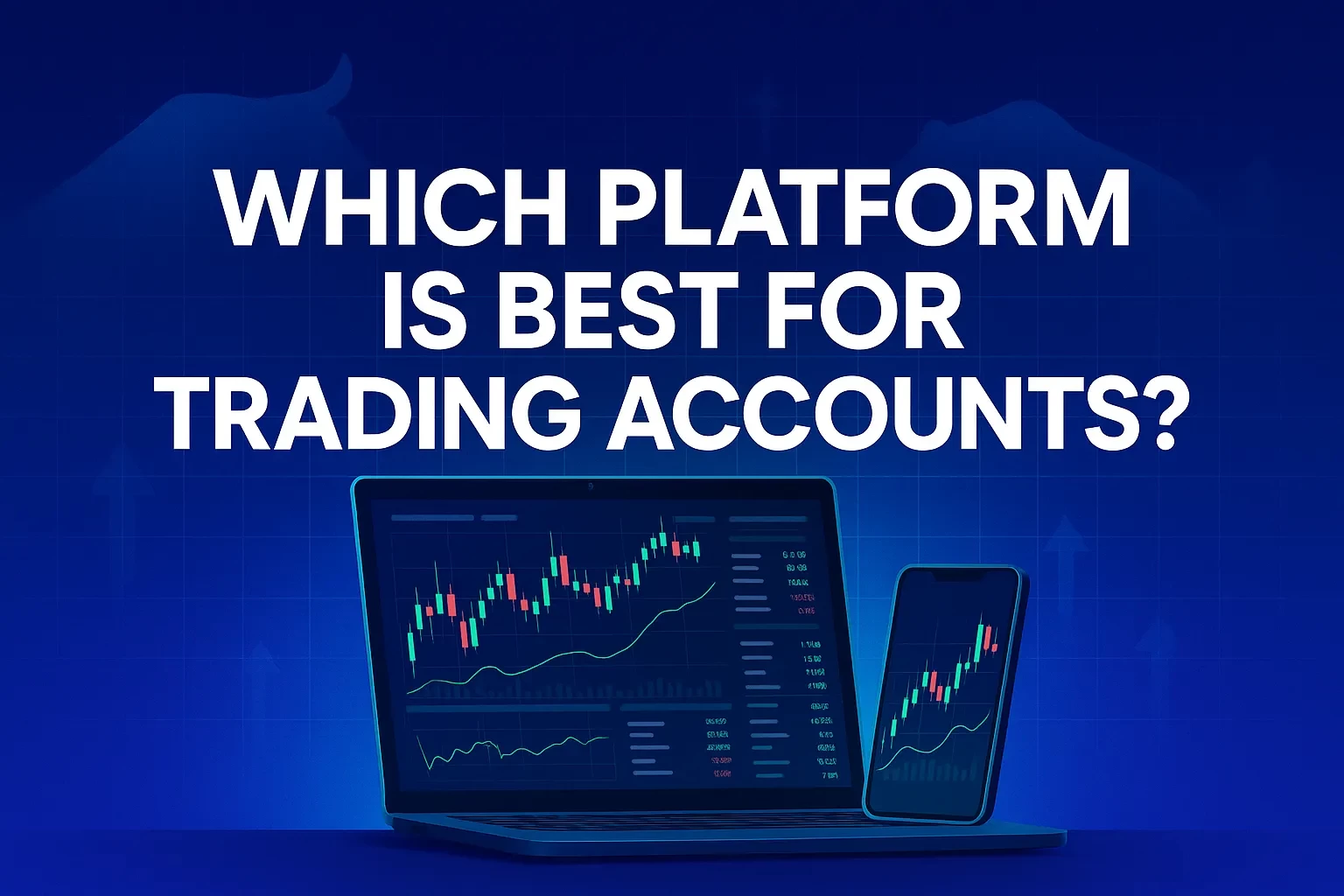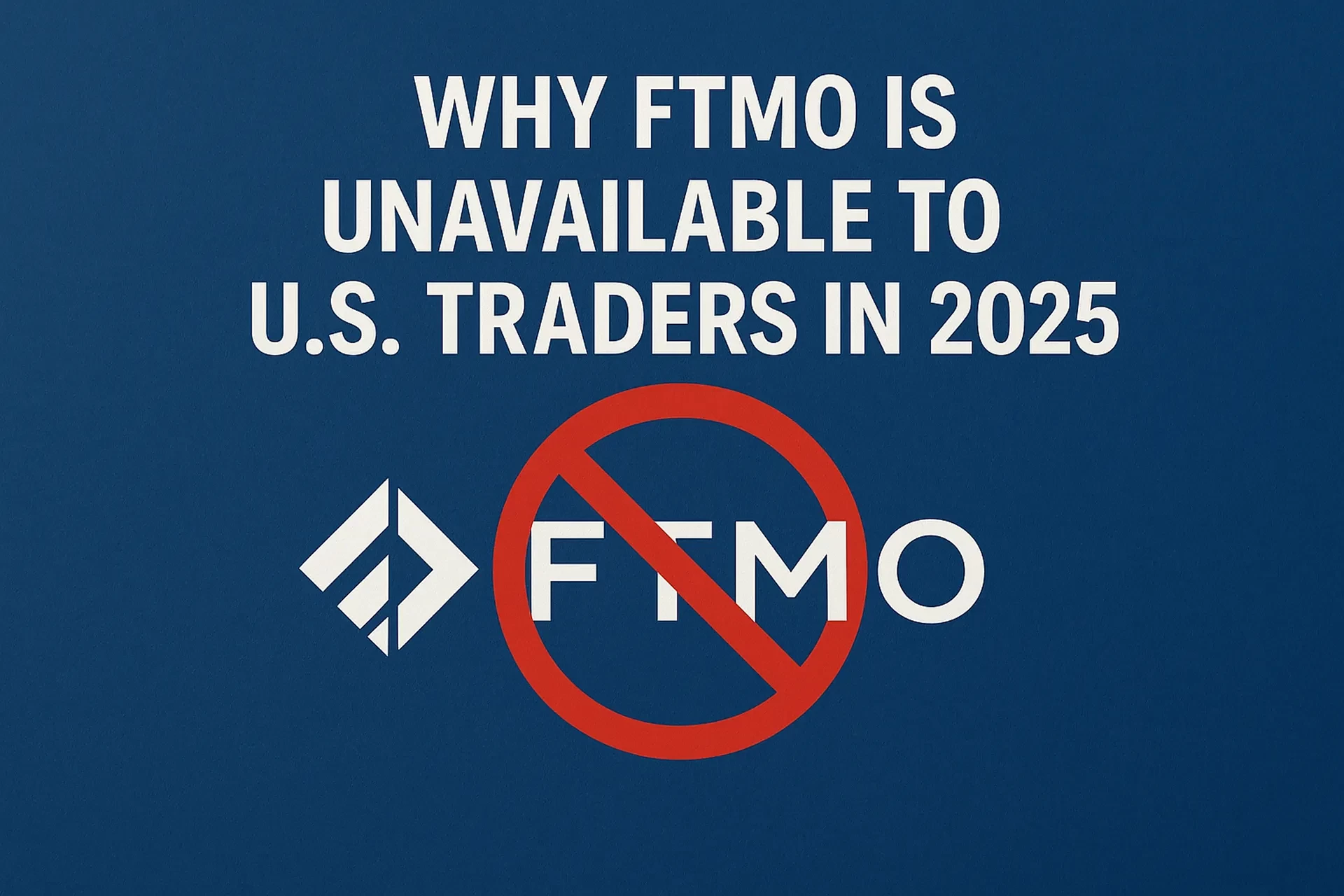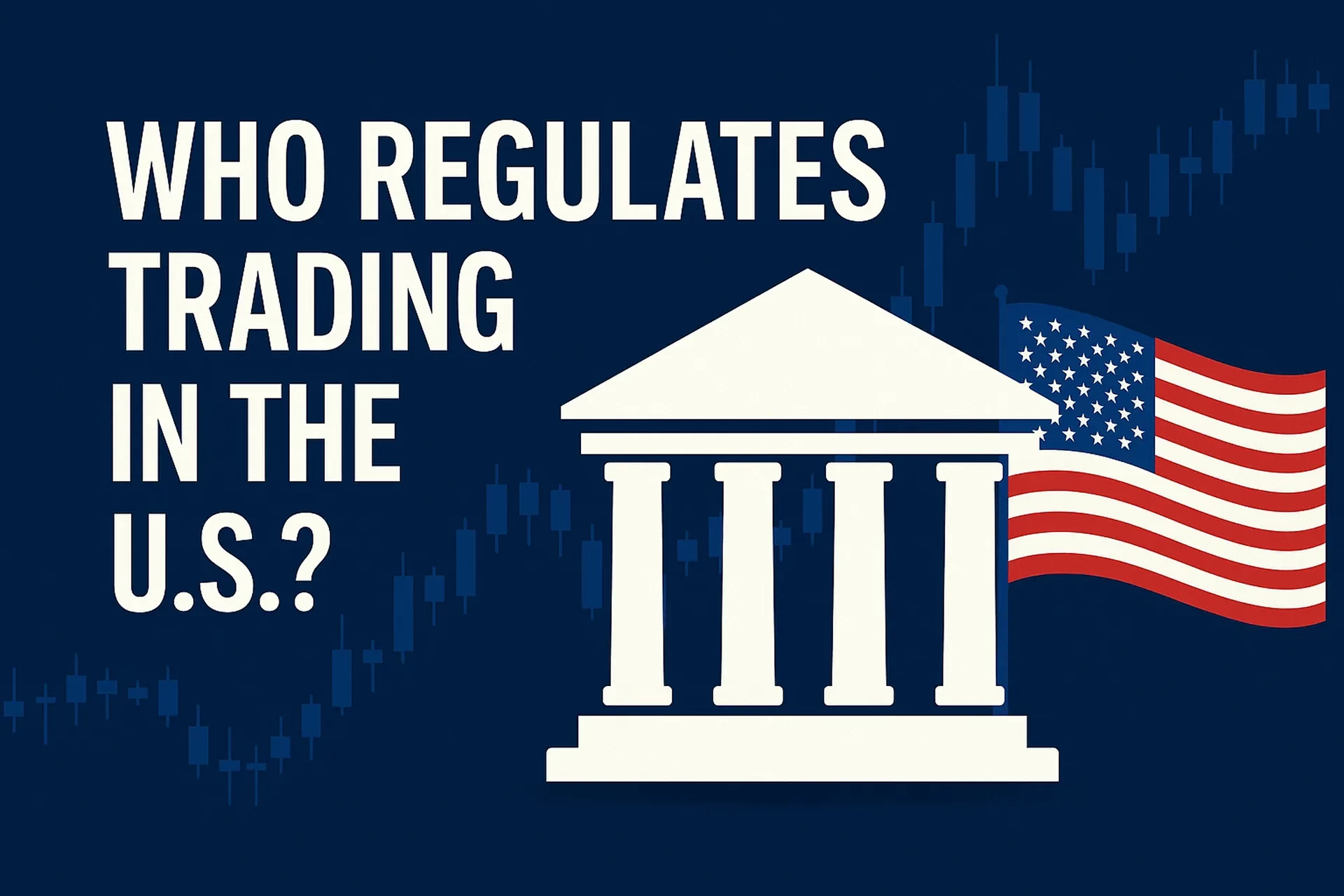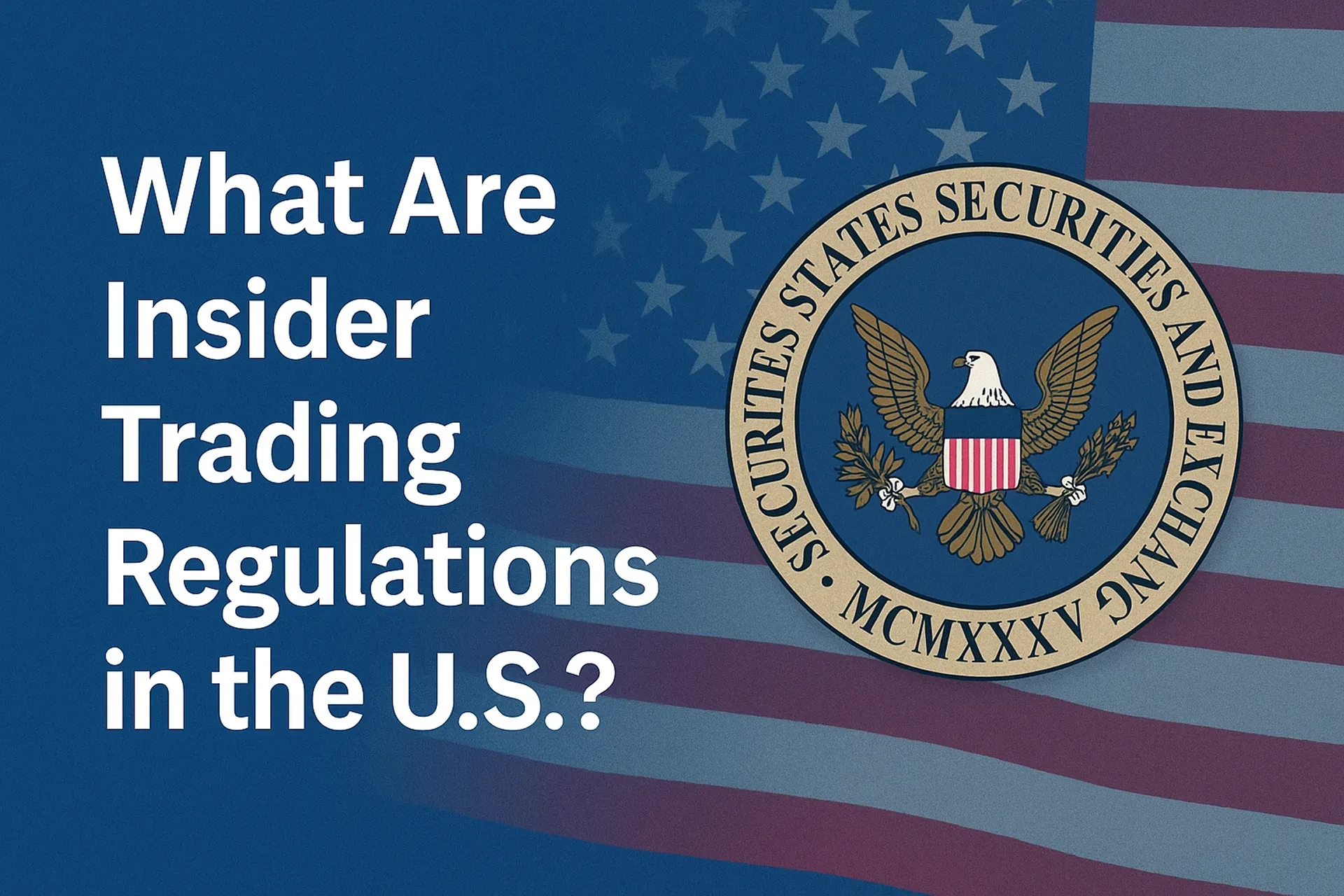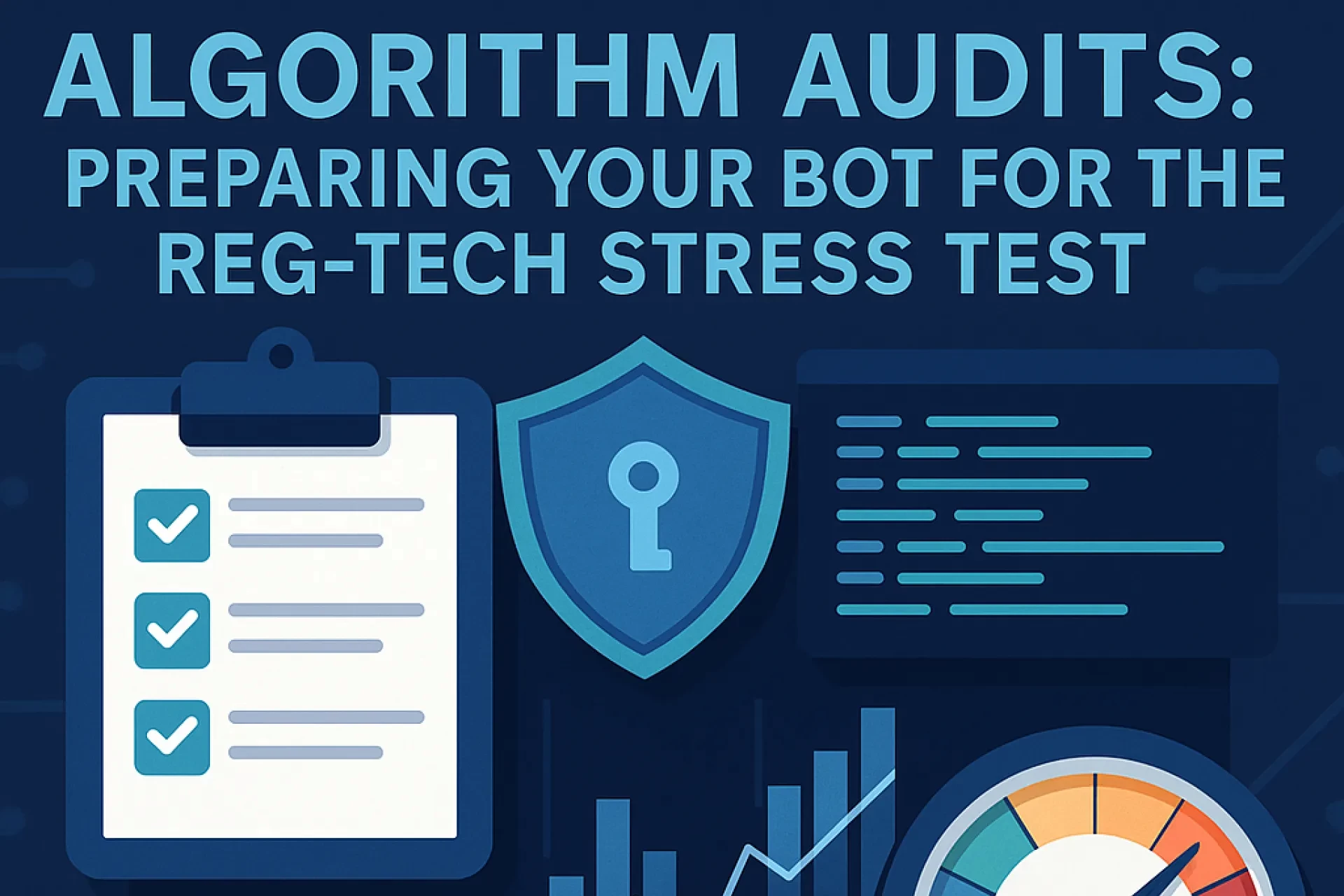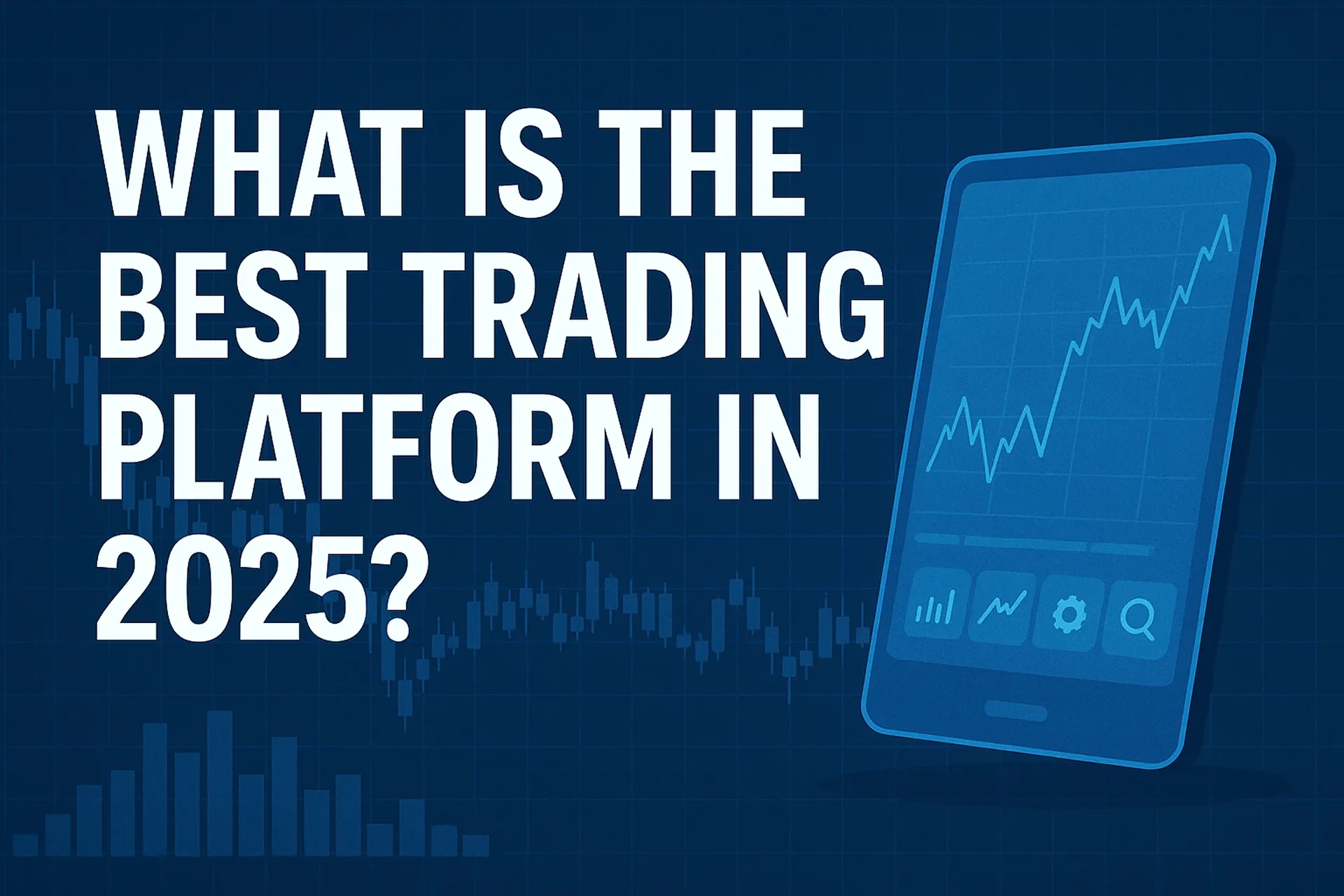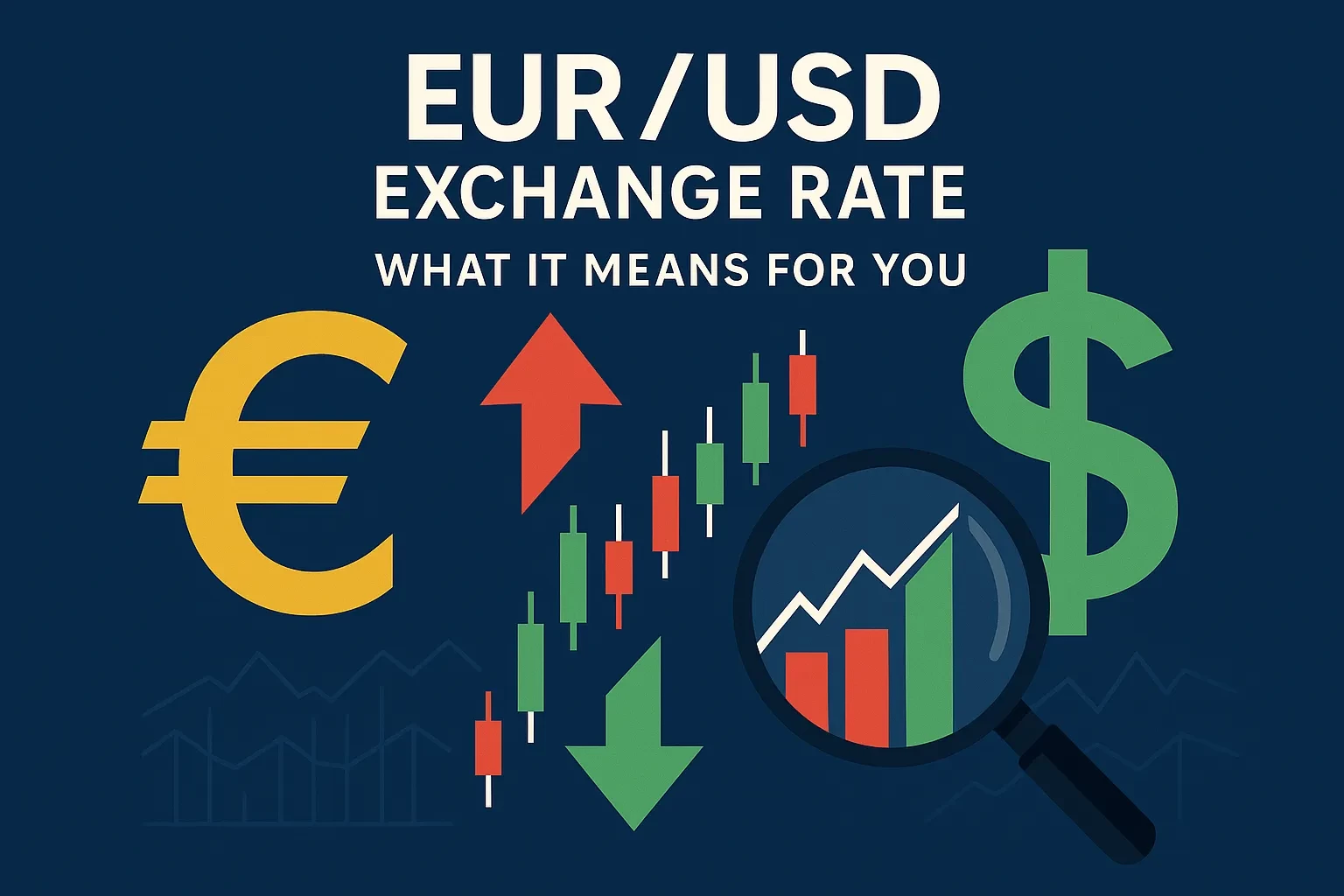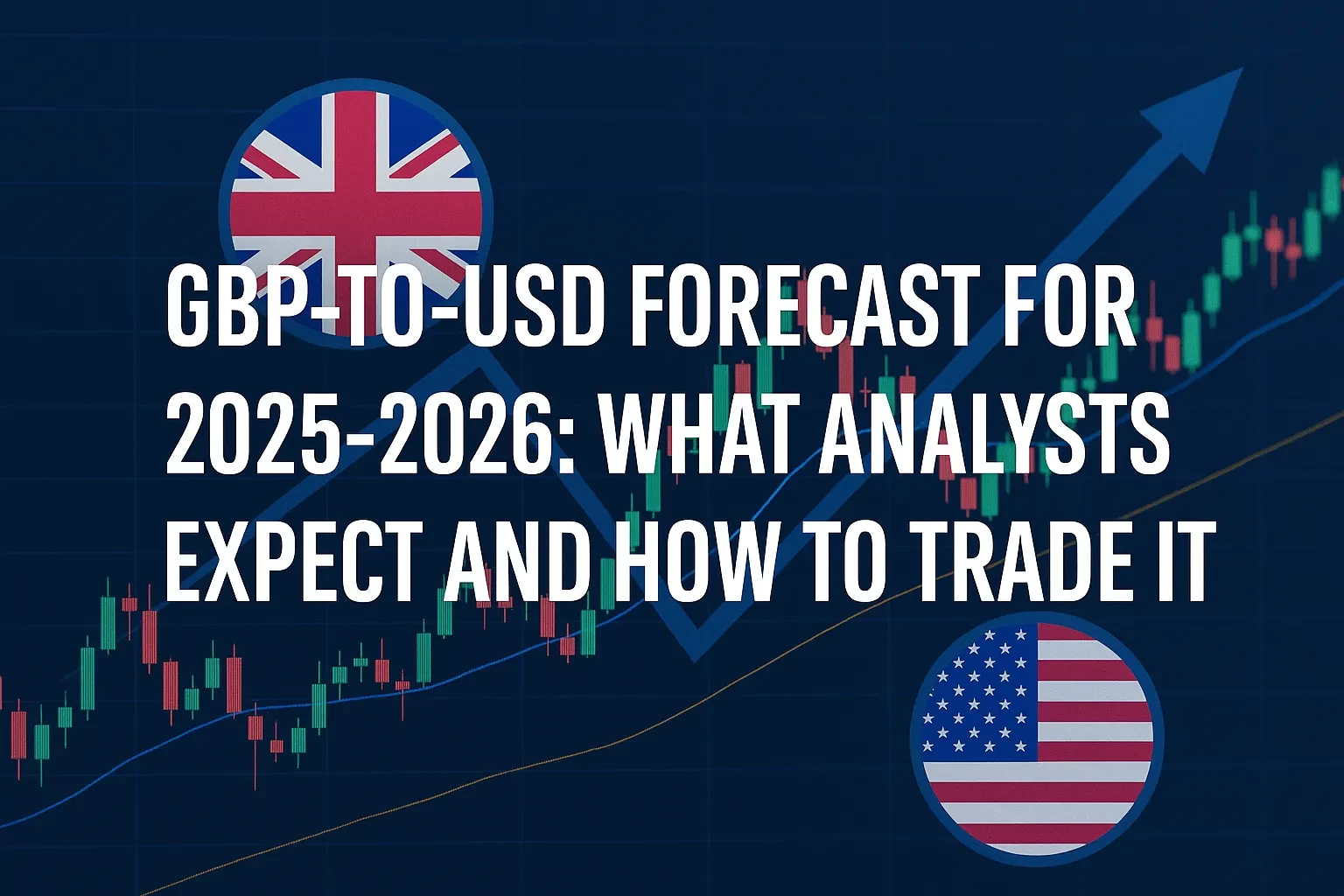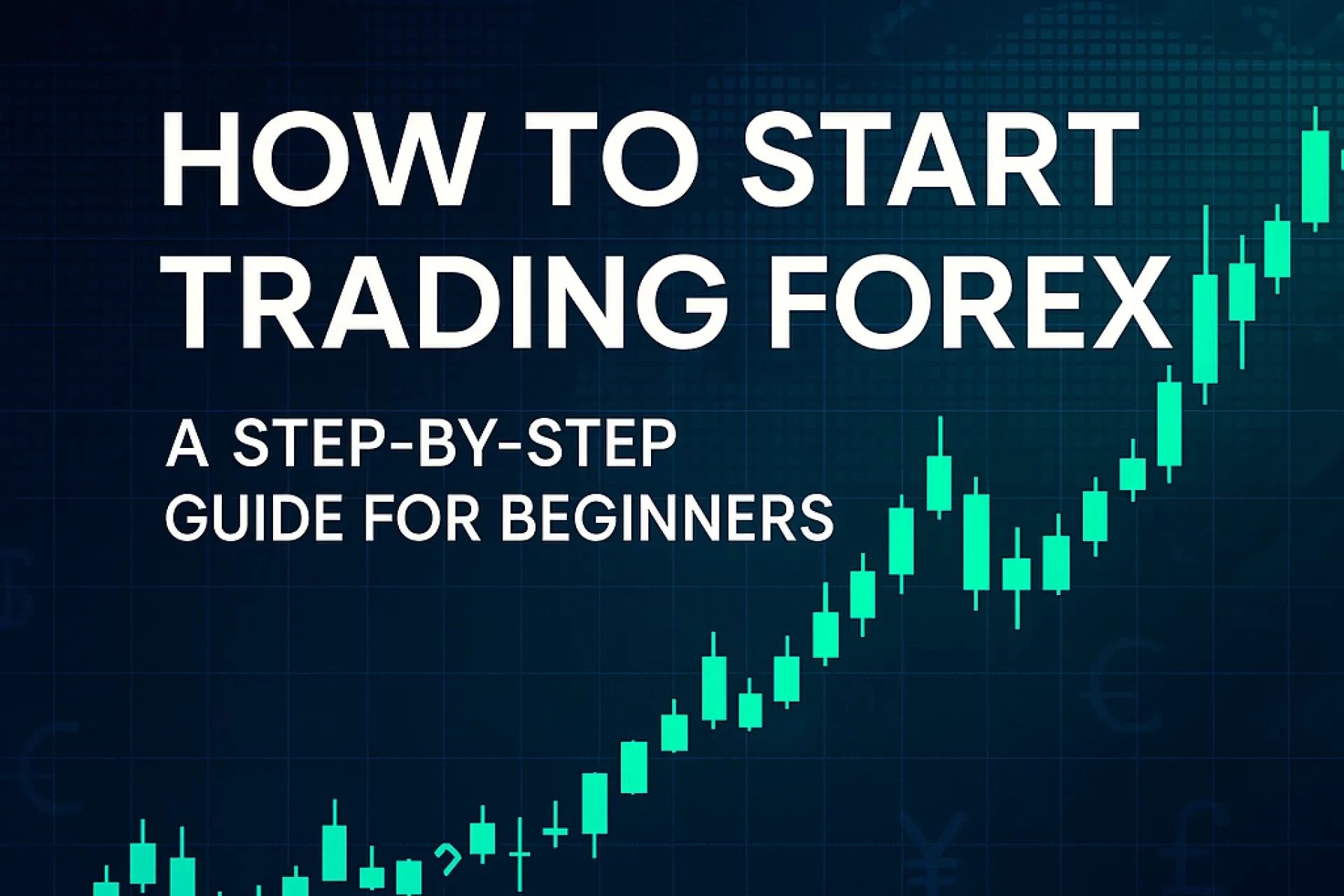Table of Contents
Introduction
Contracts for Difference (CFDs) let you speculate on price moves in stocks, forex pairs, crypto tokens, commodities—even entire indices—without ever owning the underlying asset. Because you trade only the “difference” between entry and exit prices, the instrument is flexible, margin‑efficient, and—when used recklessly—dangerously leveraged. In 2024 the global CFD broker market was valued at roughly $2.93 billion and is projected to reach $4.93 billion by 2032, a 6.7 % CAGR (Verified Market Research, 2024). Yet U.S. regulators still prohibit CFD trading for retail clients, and enforcement actions have intensified in 2024‑2025 (CFTC, 2024; 2025). Understanding how the product works, why rules differ across jurisdictions, and how to manage risk is critical before you ever press “Buy.”
What Exactly Is a CFD?
A Contract for Difference is an over‑the‑counter (OTC) derivative between you and a broker in which you agree to exchange the price differential of an underlying asset from the time you open the position to when you close it (Investopedia, 2025).
Key Features
• Cash‑settled; no delivery of the underlying asset
• Traded on margin—often as low as 3 % equity per position
• Two‑way access: you can go long (profit if price rises) or short (profit if price falls)
• Financing charge (swap/rollover) if a position stays open overnight
• Executed via dealer quotation rather than central exchange
U.S. vs. Global Context
| Region / Regulator | Retail Availability | Max Leverage* | Neg‑Balance Protection | Latest Policy (≥ 2024) |
|---|---|---|---|---|
| United States – CFTC/SEC | Prohibited | N/A | N/A | CFTC FY 2024–2025 enforcement surge |
| United Kingdom – FCA | Allowed | 30:1 (majors) | Yes | FCA “Dear Portfolio” letter, Dec 2024 |
| EU / EEA – ESMA | Allowed | 30:1 (majors) | Yes | CySEC Q1 2025 circulars reinforce ESMA caps |
| Australia – ASIC | Allowed | 30:1 (majors) | Yes | ASIC 2024 instrument 2020‑986 remains in force |
*Retail categories; professional clients may access higher leverage.
Step‑by‑Step: How to Trade a CFD
Note for U.S. readers: retail CFD trading is not legal domestically. The steps below apply only in jurisdictions where CFDs are permitted or to qualified professional clients.
1. Choose a Regulated Broker
• Verify license number with the local regulator’s register.
• Confirm negative‑balance protection and segregated client funds.
2. Complete KYC & Suitability Tests
• Upload ID and proof of address.
• Pass an appropriateness assessment on leverage and derivatives.
3. Fund Your Account
• Select a base currency that matches most of your trades to avoid conversion fees.
4. Pick Your Market & Position Size
• Use the broker’s margin calculator to see required equity.
• Apply the 1 % rule—risk no more than 1 % of total capital on any single trade.
5. Place the Order
• Set Stop‑Loss and Take‑Profit at entry to automate discipline.
• Choose GTC (good‑till‑canceled) for swing trades or Day for intraday.
6. Monitor & Adjust
• Re‑evaluate stops if volatility spikes after major data releases (e.g., CPI, NFP).
• Roll positions ahead of corporate actions on single‑stock CFDs to avoid dividend adjustments.
7. Close & Review
• Log entry/exit screenshots.
• Update a trading journal noting strategy, psychology, and slippage.
Pros, Cons, and Risk‑Management Toolkit
Advantages
• Capital Efficiency: Margin frees capital for diversification.
• Two‑Way Trading: Shorting is as simple as going long—no borrow locates.
• Product Breadth: Trade global indices, crypto, and commodities from one account.
Drawbacks
• High Leverage: A 30:1 position can wipe out your equity on a 3.3 % adverse move.
• Dealer Risk: CFD prices are dealer‑quoted, creating potential conflicts of interest.
• Regulatory Patchwork: Legal in the U.K. but banned in the U.S.—complex for cross‑border traders.
Essential Risk‑Management Tools
• Hard Stop‑Loss orders
• Guaranteed Stop (small premium but zero slippage on catastrophic moves)
• Trailing Stops to lock in gains
• Position‑Sizing Formulas (e.g., Kelly Criterion, fixed‑fractional)
• Weekly Risk Limits—cap total open exposure to a multiple of account equity
Mini Case Study: Apple Stock CFD
1. Scenario: You believe Apple (AAPL) will rebound after a pullback to $180.
2. Trade Setup
• Buy 100 AAPL CFDs at $180. Margin requirement 20 %.
• Equity tied up: $3,600 (= $18,000 × 20 %).
• Stop‑Loss at $174 (‑$600 risk).
3. Outcome
• Price rallies to $192. Position closed.
• Gross P/L: $1,200 ($12 × 100).
• Return on equity used: 33 % (before commissions/financing).
4. Financing Cost
• Swap rate 5 % annualized; two nights held.
• Charge ≈ $5.
5. Net Return: $1,195 → 33.2 %—demonstrating leverage’s amplifying effect on both gains and financing drag.
Common Mistakes and Expert Tips
• Overleveraging: New traders often max out platform defaults. Start at 5:1 until your win rate is proven.
• Ignoring Overnight Swaps: Financing can erode gains on long‑held positions—especially in high‑yield currencies.
• Chasing Requotes: Rapid‑fire clicking during news events often widens spreads; use limit orders.
• Neglecting Broker Risk: Maintain balances below the jurisdiction’s compensation‑scheme cap (£85k under FSCS, €20k under CySEC’s ICF).
• Expert Tip: Integrate an options “disaster hedge”—cheap OTM puts can partially offset tail risk on large long CFD portfolios.
FAQs
Conclusion: Should You Trade CFDs?
CFDs deliver agility—small capital outlay, frictionless shorting, and access to global markets—but the same leverage that boosts returns can obliterate your account in minutes. If you operate outside the U.S. (or qualify as a professional client), stick to regulated brokers, keep position sizes modest, and treat leverage as a tool—not a goal. If you are a U.S. resident, exploring exchange‑listed alternatives such as futures micro‑contracts or regulated options may satisfy the same strategic objectives while staying on the right side of the law. Master risk first; profits come second.

